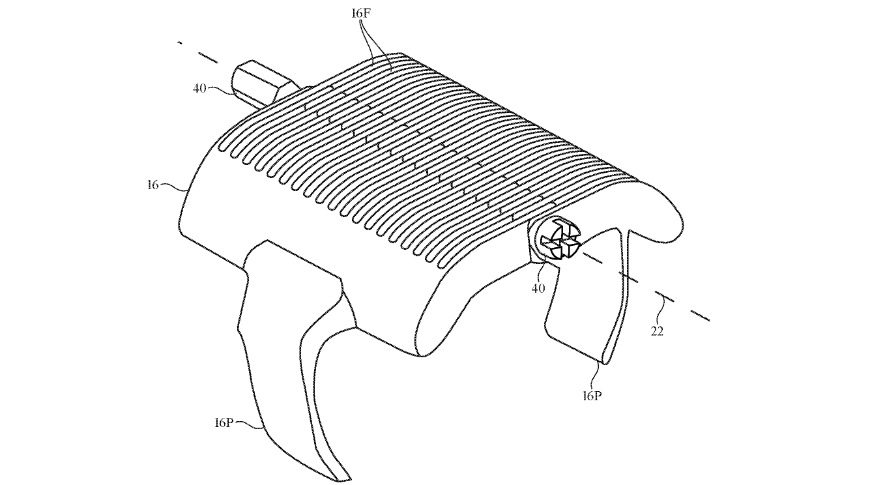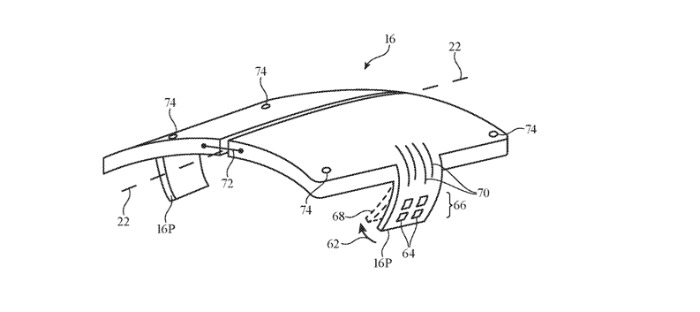Apple working on tech to improve reliability of hinges for smart rings
While the proposals could be used for any kind of hinge, many drawings show what appear to be smart rings

As Apple increasingly produces folding devices — from the rumored smart rings and a "folding iPhone" to the shipping MagSafe Duo Charger — it is researching how to make hinges stronger.
Amongst other criticisms of the new MagSafe Duo Charger, the most surprising was how soon its hinge may fail. A newly-revealed patent application shows that Apple is researching ways to make devices hinges more reliable, while not increasing their bulk.
"Electronic Devices With Fiber Composite Friction Hinges," concerns making a hinge from overlapping "elongated fingers." Apple proposes that this could be used in everything from the iPhone to speakers, but repeatedly concentrates on smart rings or what it calls "finger devices."
"Electronic devices may have portions that are joined with hinges," says the patent application. "If care is not taken, hinge structures may be bulky, weak, and prone to slippage."
Apple proposes that the "use of fiber composite structures may help reduce hinge bulk while improving hinge performance." The patent application stresses that this can also apply when a device has more than one hinge, which could be a reference to certain proposed designs of folding iPhones.
This fiber composite friction hinge could have "first and second sets of interdigitated elongated fingers." Having a hinge that uses "fingers" that slot together means those fingers can also be pulled further apart, perhaps to make the hinge fit different sized devices.
Such as you might expect from a smart ring which needs to fit different size of fingers.. "
"Portions of [the] hinge may help grip the sides of a user's finger when device is mounted on the user's finger," continues the patent application. "[The hinge] can allow portions to rotate towards or away from each other about hinge axis.
"Fasteners may be used to adjust the inward pressure on interdigitated fingers along hinge axis, thereby adjusting finger-to-finger friction," it says.
The hinge may be covered by other materials for cosmetic or protective reasons. The hinge itself "may include strands of material such as carbon fibers, fiberglass, polymer fibers, or other fibers."
"These strands of material may be impregnated with polymer binder material (e.g., epoxy or other binders)," says Apple. "When cured, the polymer binder in which the fibers are embedded helps hold the fibers together."
As usual, the patent application aims to cover all possible uses and variations of its proposals. Many of its drawings show what appear to be various ring-sized devices, but it does specifically state that the design could be used for phones, laptops, tablets and more.
This patent application is credited to three inventors, including the prolific Paul X. Wang. His very many previous patents and applications include ones concerning an expandable smart ring, and fingertip tools for Apple AR.
 William Gallagher
William Gallagher











 Malcolm Owen
Malcolm Owen
 William Gallagher and Mike Wuerthele
William Gallagher and Mike Wuerthele
 Christine McKee
Christine McKee


 Marko Zivkovic
Marko Zivkovic









